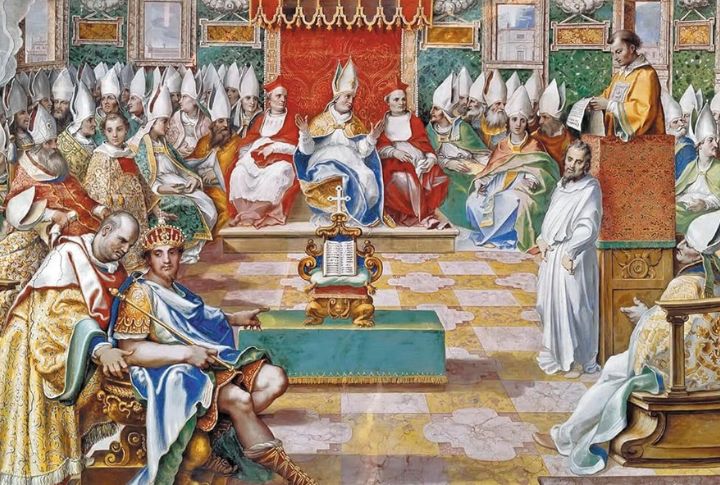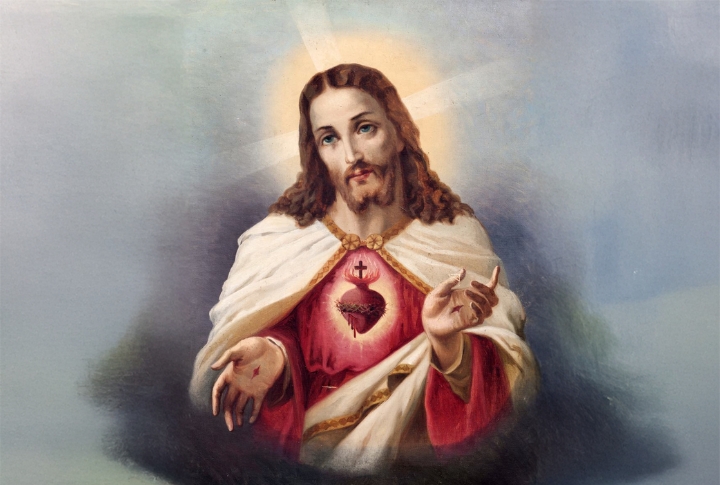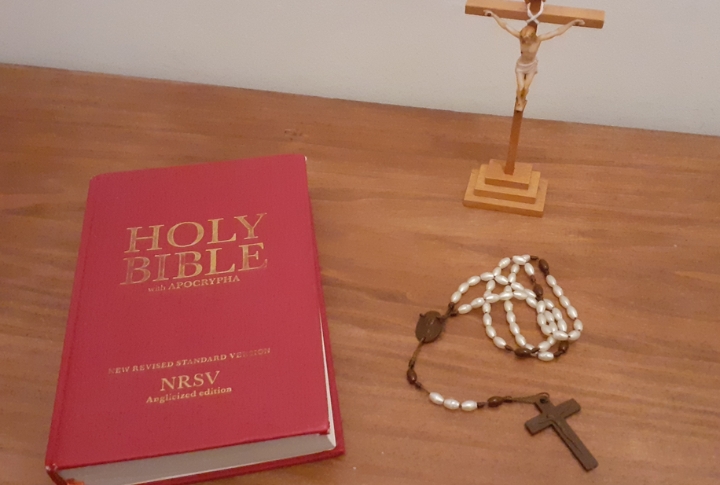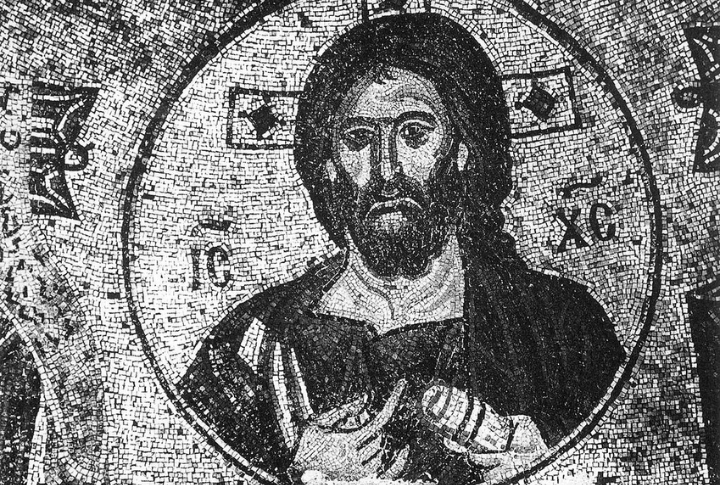
Everything changed during the Council of Nicaea, where power and belief collided in a tense room full of bishops under imperial pressure. What started as a theological dispute spiraled into a legacy-shaping declaration that would ripple through centuries. Lines were drawn, and the soul of a movement was redefined. This article examines the seismic shift that reshaped Christianity’s path forever.
The Nicene Creed Became The Gold Standard Of Belief

Drafted in 325 CE, the Nicene Creed aimed to unify teachings across the Roman Empire. Bishops signed it under pressure, some reluctantly, after rejecting Arianism by affirming Christ’s shared substance with God. Its core wording remains active in modern worship, spoken aloud in churches around the world.
Jesus Was Officially Declared Divine

The council ended long-standing disputes by enforcing the term homoousios, which affirms Jesus and God as the same in essence. Many Christians had previously believed Jesus held a lower divine rank. This declaration paved the foundation for the Trinitarian doctrine now central to mainstream Christianity.
Women’s Roles In The Church Were Further Marginalized

The council completely excluded women, leaving no room for female voices or leaders. Previous mentions of women apostles were ignored, solidifying male dominance in church doctrine and hierarchy. This shift greatly reduced women’s roles and influence within the church for many generations ahead.
The Bible’s Framework Was Set

Nicaea didn’t canonize the Bible, but it did enhance key texts. Eusebius of Caesarea’s list influenced future choices and helped define what would become the New Testament. Though not explicitly banned, texts like the Gospel of Thomas lost ground in favor of emerging orthodoxy.
Easter Was Decoupled From Jewish Passover

To distinguish Christianity from its Jewish roots, the council set a separate, universal Easter date. Based on the spring equinox and full moon, the formula helped unify celebration timing. That same lunar-based system still informs the holiday’s modern placement today.
Church And Empire Became Official Partners

Beyond supporting the council, Emperor Constantine also presided over it. For the first time, Roman authority openly shaped Christian principles. Bishops gained imperial privileges like legal immunity, which marked the beginning of a close church-state relationship that would define later centuries.
Bishops Gained Supreme Authority Over Local Churches

The council restructured leadership by clarifying clerical ranks. Bishops assumed authority beyond their cities, with metropolises overseeing entire regions. This mirrored Roman administrative models and strengthened centralized control over teachings and discipline across diverse Christian communities.
Baptism And Salvation Became More Regulated

The council formalized the view that one valid baptism granted forgiveness of sins. Re-baptism—especially by heretics—was forbidden. This connected salvation directly to official doctrine. It linked eternal destiny to orthodoxy and further excluded alternative Christian practices.
Excommunication Became A Political Weapon

Religious dissent had real-world consequences after Nicaea. Heretical bishops were stripped of office and exiled under imperial orders. Excommunication no longer meant spiritual isolation alone—it carried legal penalties. This aligned faith with civic loyalty in a way that changed religious power forever.
Clerical Celibacy Was Encouraged

Clergy were barred from cohabiting with unrelated women. The move reflected growing concern over “spiritual purity.” While some bishops pushed for mandatory celibacy, the final stance stopped short of full enforcement. Still, it sparked debates that continue to influence church policies on priestly marriage.

